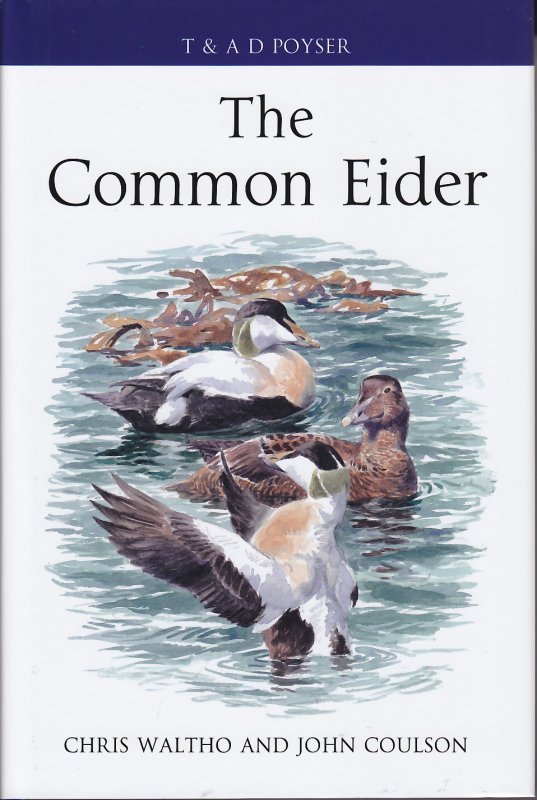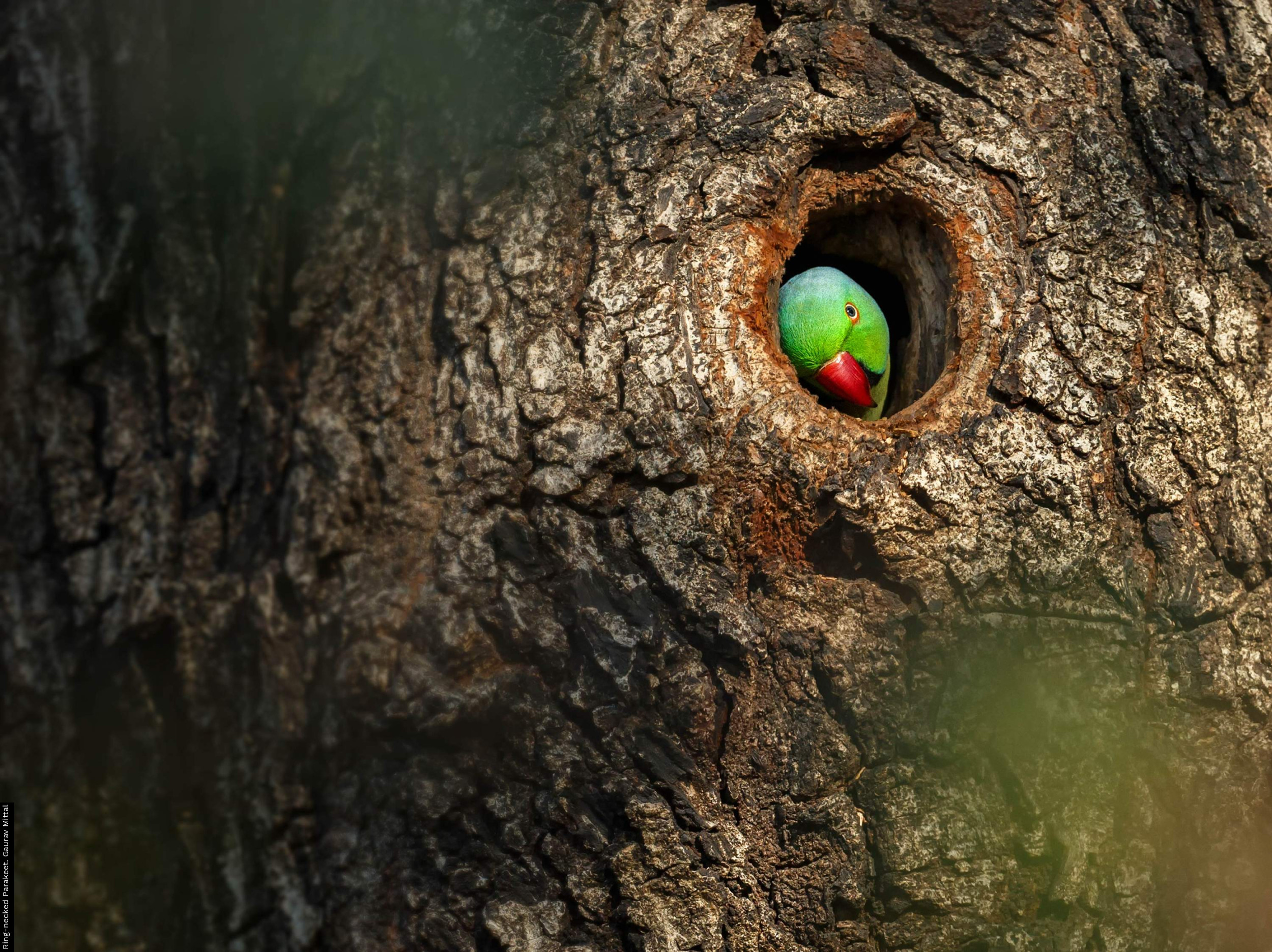
Publisher: T&AD Poyser, London
Publication Year: 2015
Binding: Hardback
Page Count: 320
ISBN Number: 978-1-40812-532-8
Price: £ 50.00
The Common Eider
This first English-language monograph on the Common Eider is a welcome addition to the literature. The book provides a global overview of Eider ecology but at the same time incorporates much interesting new material from the author's own field studies in the UK. Chris Waltho is a former president of the Scottish Ornithologists' Club and has spent nearly 20 years co-ordinating volunteer-based studies of the species around the Firth of Clyde, while John Coulson is an eminent ecologist who has undertaken a long-term population study of Eiders in Northumberland. The book includes new material on such diverse topics as the impacts of mink predation and the extent of egg dumping in the nests of other females. The authors also draw on other UK studies, notably that at the Sand of Forvie, Aberdeenshire where I was fortunate to undertake my own PhD research on this fascinating species in the late 1970s.
As the authors note in their introduction the Eider is a duck by taxonomy but in many ways a seabird by ecology. While one might hope that this would broaden the range of people researching the species it has sometimes had the reverse effect, with Eiders not fitting neatly into studies of either group. This book illustrates both the fascination of Eider ecology and the wide opportunities to increase this knowledge and implement more systematic surveys and monitoring.
The first five chapters cover the basic biology of Eiders: plumages and physiology, origins and taxonomy, distributions, movements and numbers, food and feeding and predators, parasites and diseases. Chapters six to twelve focus on breeding ecology and population dynamics which has been the focus of many of the authors' own studies and encompasses many notable features of Eider ecology, including their continuous incubation period, creching system, high duckling mortality and long adult life spans. Chapter 13 then addresses exploitation, management and conservation, building on knowledge of their population biology to discuss how they have been exploited in the past and how they can be managed more effectively in the future.
The final chapter is a comparison between Eider species by the Russian biologist Diana Solovyeva, placing our knowledge of the Common Eider in the context of the closely related but less well studied King Eider, Spectacled Eider and Steller's Eider. A series of appendices provide a wealth of information covering distribution and sub-species, important conservation sites, different prey species and their importance, clutch sizes on the Farne Islands and duckling growth. Overall the book contains a wealth of information and I strongly recommend it to anyone with an interest in this species.
Book reviewed by Stephen Baillie
buy this book





Share this page